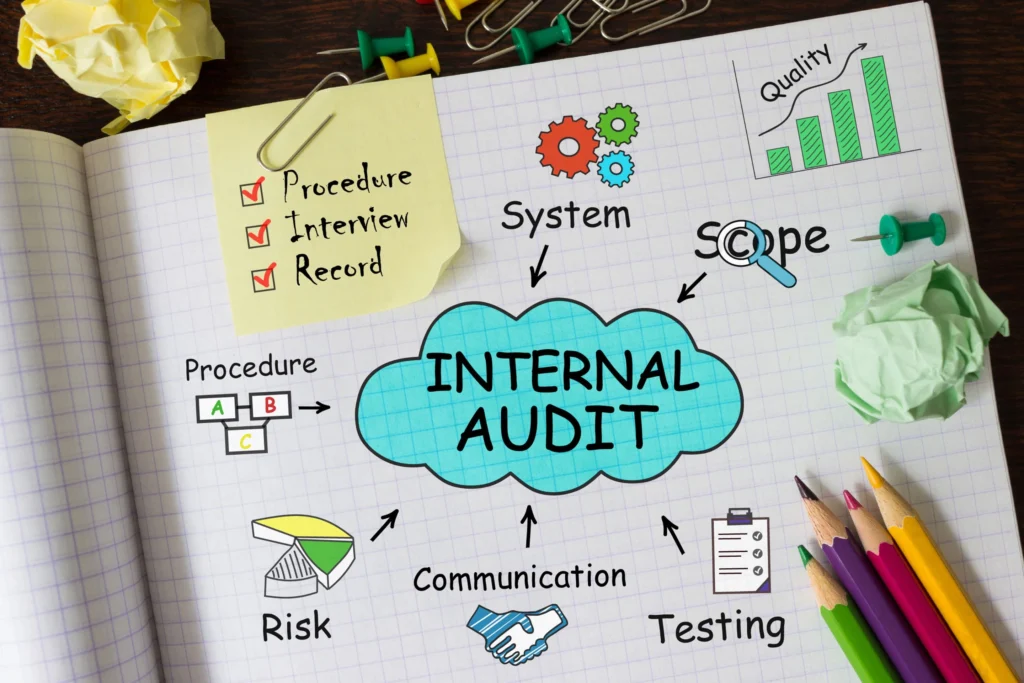INTRODUCTION FOR IATF16949:2016 PROCESS APPROACH & RISK BASED INTERNAL AUDITING TRAINING
Internal Quality Audits can provide an unbiased view of the processes that directly impact the products and services of an organization. Yet, while most internal auditors have been trained using many of the methods and techniques of external auditors, an internal audit is very different and requires different methods and techniques.
LEARNING OBJECTIVE
At the end of this course, participants will be able to :
- Understand what is Internal Quality Audit.
- What are the types of audit.
- What are the Nonconformity.
- Audit using the ACE methodology.
- Audit based on process approach (using turtle diagram).
WHO SHOULD ATTEND
Managers, Engineers, Supervisors, Clerical Staff, and staff involved with Internal Quality Audits.
COURSE OUTLINE
The key content of the program includes the following:
Module 1
What is a Quality Audit?
Types of Quality System Audit.
- First Party Audit.
- Second Party Audit.
- Third Party Audit.
Module 2
Why audit?
Auditor versus auditee.
What is Nonconformity?
- Major Nonconformity.
- Minor Nonconformity.
Module 3
What is objective evidence?
Audit based on the ACE methodology.
What is the audit basis?
What are the auditor’s qualification?
Who is an auditor?
Questioning techniques?
- Open or closed questions?
Module 4
Responsibilities of an auditor.
Responsibilities of a lead auditor.
Selection of some auditor’s attributes.
Five main auditing behaviors to be awarded.
Preparation for an audit.
Audit reporting.
Module 5
IATF16949 process approach audit (using turtle diagram).
Process audit trail.
Audit on risk management areas.
Understanding the IATF16949 standards.
Case studies.
Module 6
Practical audit training.
Actual audit reporting.
2 hours test to qualify as an internal quality auditor.


